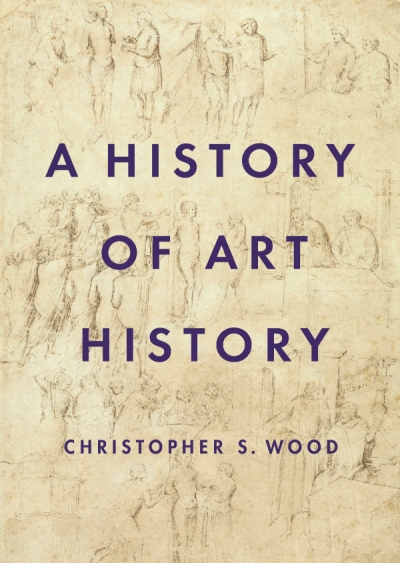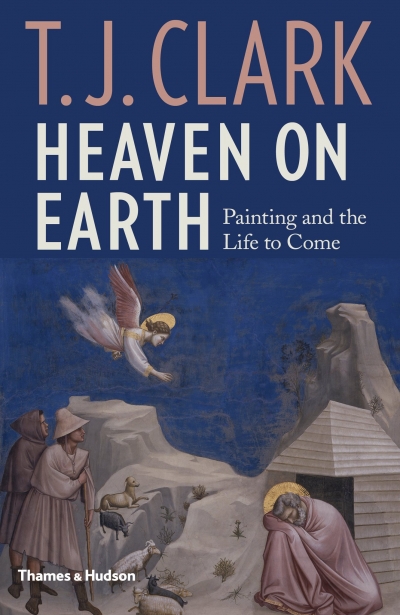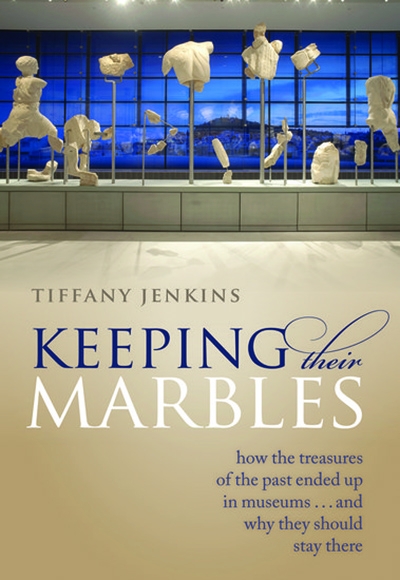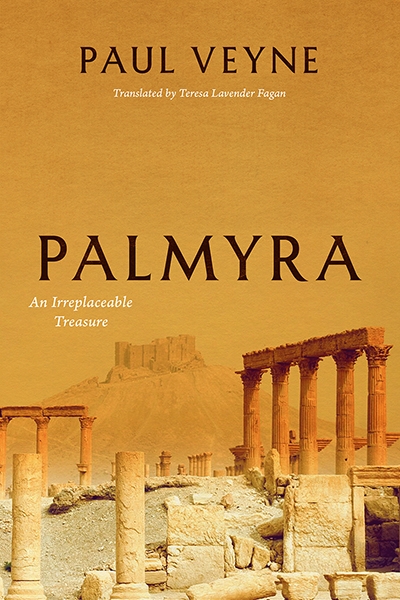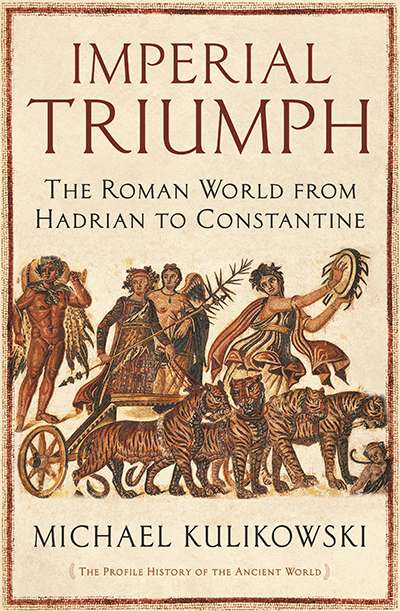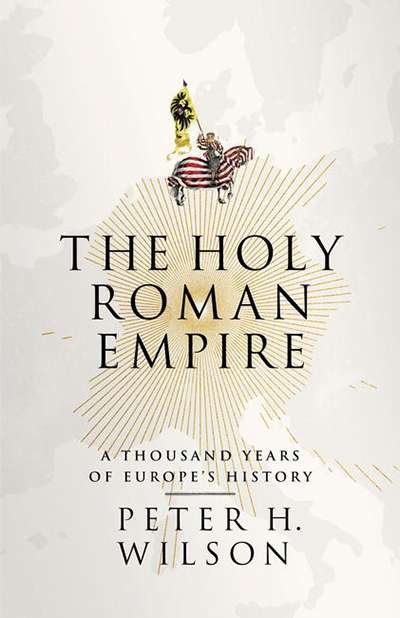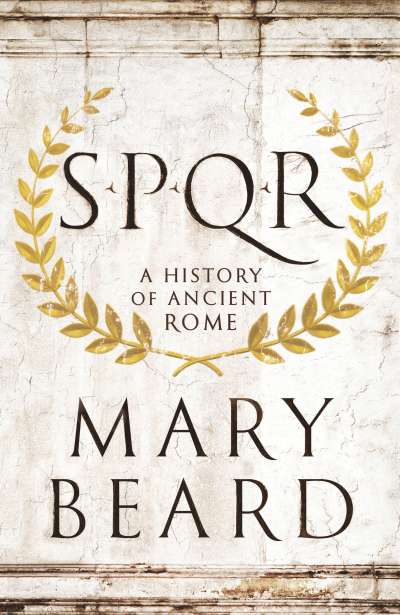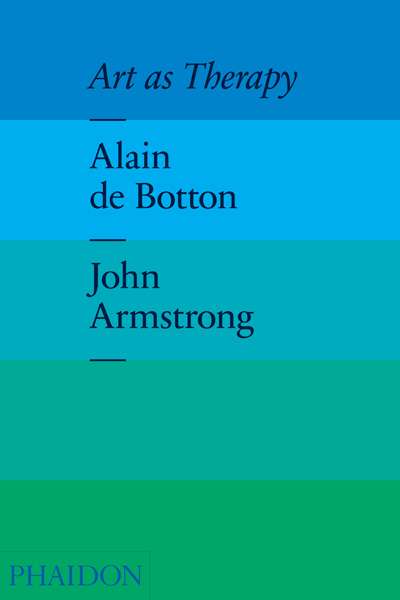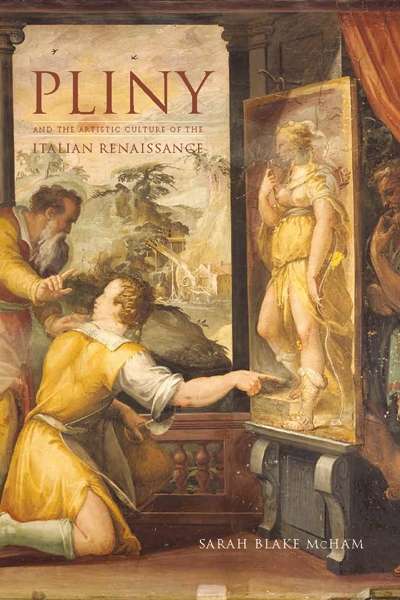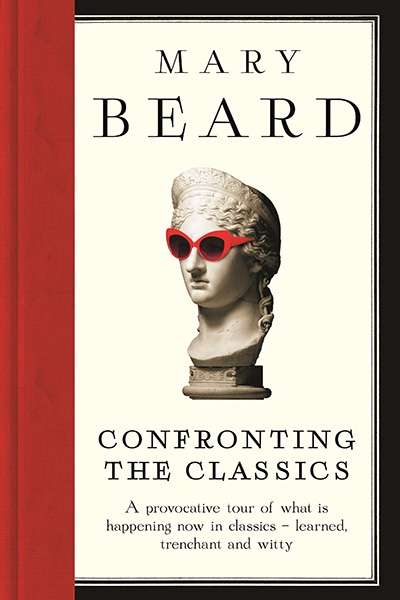Christopher Allen
Heaven on Earth: Painting and the life to come by T.J. Clark
by Christopher Allen •
Keeping Their Marbles: How the treasures of the past ended up in museums ... and why they should stay there by Tiffany Jenkins
by Christopher Allen •
Palmyra: An irreplaceable treasure by Paul Veyne, translated by Teresa Lavender Fagan
by Christopher Allen •
Imperial Triumph: The Roman world from Hadrian to Constantine by Michael Kulikowski
by Christopher Allen •
The Holy Roman Empire: a thousand years of Europe’s history by Peter H. Wilson
by Christopher Allen •

